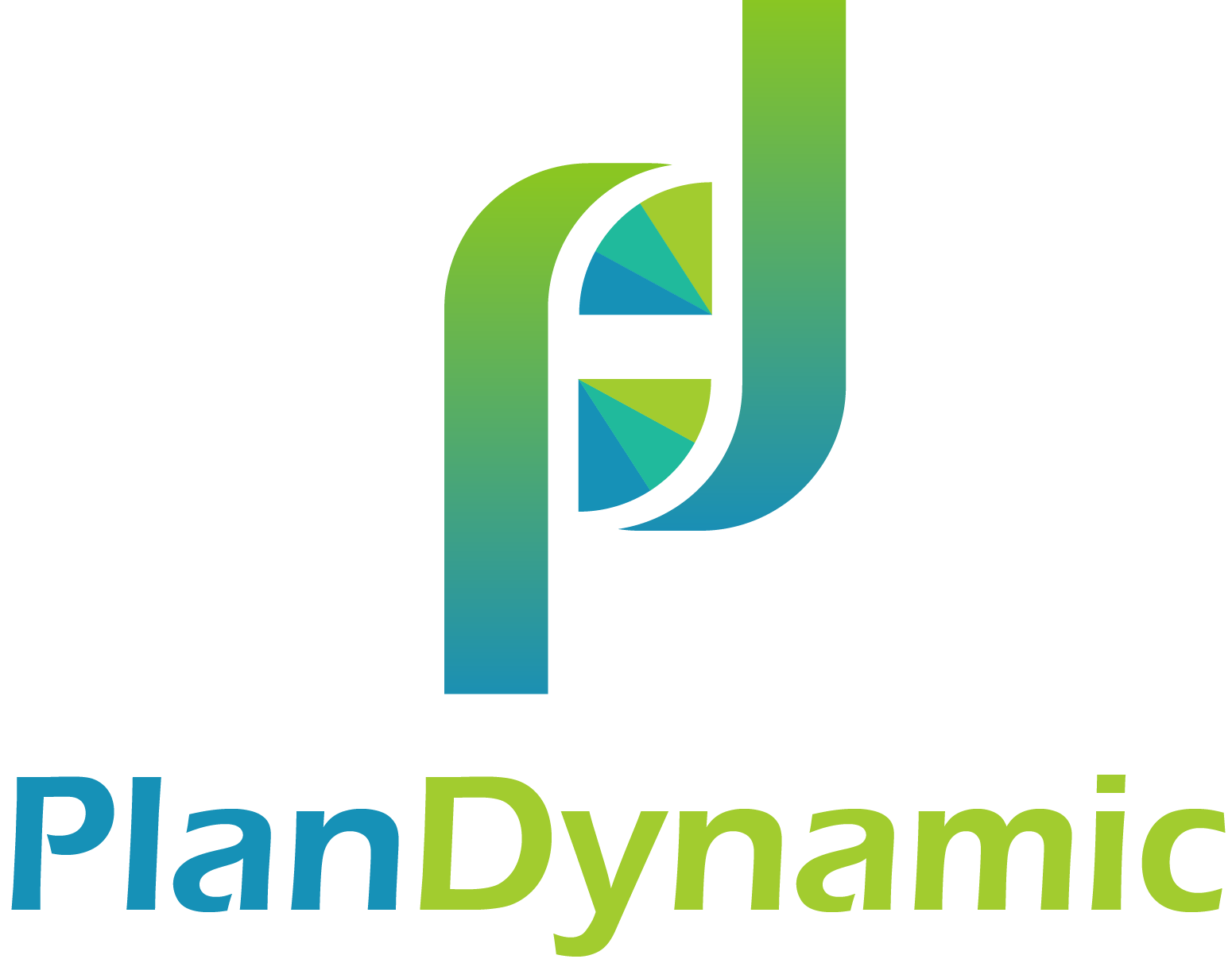Tax Planning Today for Tomorrow's Retirement Income
After a lifetime of focus on accumulating savings for retirement, many fail to review and plan for the tax burden they will encounter on the income received in retirement. While you may see a reduction in the dollar amount owed in taxes, you should plan ahead to further minimize your tax bill in retirement.
Social Security
Factors such as your total income and marital status will determine what/if a portion of your Social Security benefits are taxable. Don’t know the estimate of your Social Security benefits? Take a moment to go to the Retirement Estimator at Social Security Administration’s website.
Now that you know your benefits, if you want a rough estimate on potential tax liability, take half of Social Security benefits and add them to your projected income from all other sources. Now, this is your adjusted gross income (AGI), plus add any tax-free interest income (i.e. municipal bonds). Up to half of Social Security benefits are taxable if this sum, which is called your provisional income, exceeds $25,000 for singles or $32,000 for married couples filing jointly. If your provisional income is higher, then up to 85% of Social Security benefits are taxable when provisional income is above $34,000 for single filers or $44,000 for married couples filing jointly.
If you want to better understand the exact amount of taxed owed, then use the Social Security Benefits Worksheet in the instructions for IRS Form 1040.
Income Sources
In addition to collecting Social Security benefits, most retirees receive their income from a variety of sources, including distributions from 401(k) accounts and individual retirement accounts (IRAs); payouts from company pensions and annuities; and earnings from investments.
Contributions and earnings growth are tax deferred on 401(k)s and traditional IRAs; however, distributions from these accounts are fully taxable. Don’t forget you need to be older than 59 1/2 to avoid most penalties on withdrawals. Then there is Required Minimum Distributions or RMDs for short, where you must begin taking withdrawals (and paying taxes) from your traditional IRA and 401(k) accounts by April 1 of the year following the year in which you reach age 70 1⁄2.
Again, traditional IRA or 401(k), whereas if you have a Roth IRA or Roth 401(k), over 59 1⁄2 years old and owned them for at least five years, withdrawals are completely tax free. Added bonus is RMDs don’t exist for Roth accounts. Keep in mind though even though you’re doing a Roth 401(k), your company match - the funds your employer contributes based on percentage of your contribution - are put into the traditional 401(k) side of your plan, and the company match will be fully taxable and do have RMDs. .
Ways To Minimize Taxes
Taxes are likely inevitable for most retirees with retirement savings or pension income, but there are strategies to reduce the amount owed. While it usually makes sense to delay taking taxable distributions from retirement accounts until the funds are needed, or until distributions are required, you may consider taking out more funds in tax years when claiming a large number of deductions temporarily lowers your tax rate. For example, you may choose to take advantage of itemized deductions, such as the breaks for medical expenses or charitable gifts, in certain years, while taking the standard deduction in other years.
A desire to leave a portion of your assets to your family may also influence how you handle withdrawals from tax-deferred accounts. Keep in mind that, if you leave behind funds in a traditional IRA, the rules for inheritance can be complex. To avoid these issues and make it easier to pass on your estate to family members, consider the calculations of converting traditional IRAs to Roth IRAs. You do pay taxes on the funds converted now, however moving to a Roth IRA eliminates future tax liabilities. This includes whether you use the funds in retirement or pass the money on to your kids or grandkids.
Another strategy to consider in low tax years is evaluating if it makes sense to withdraw a portion (and how much) from your traditional IRAs and used those funds to buy some municipal bonds or a life insurance policy that will provide your heirs with a tax-free inheritance. These can be complex, so best to work with an experienced professional in becoming educated on the potential benefits and risks as well execute this strategy.
Bottom line. If you are planning to retire soon, consider the tax implications of your income before you retire and start to take appropriate action to avoid unexpected surprises from the IRS.
Please call me at (508) 834-7733 or directly schedule a meeting to learn more about tax planning, retirement income and Social Security analysis.
PlanDynamic, LLC is a registered investment advisor. This article is intended to provide general information. It is not intended to offer or deliver investment advice in any way. Information regarding investment services are provided solely to gain a better understanding of the subject or the article. Different types of investments involve varying degrees of risk. Therefore, it should not be assumed that future performance of any specific investment or investment strategy will be profitable.
Market data and other cited or linked-to content on in this article is based on generally-available information and is believed to be reliable. PlanDynamic, LLC does not guarantee the performance of any investment or the accuracy of the information contained in this article. PlanDynamic, LLC will provide all prospective clients with a copy of PlanDynamic, LLC’s Form ADV2A and applicable Form ADV 2Bs. You may obtain a copy of these disclosures on the SEC website at http://adviserinfo.sec.gov or you may Contact Us to request a free copy via .pdf or hardcopy.
